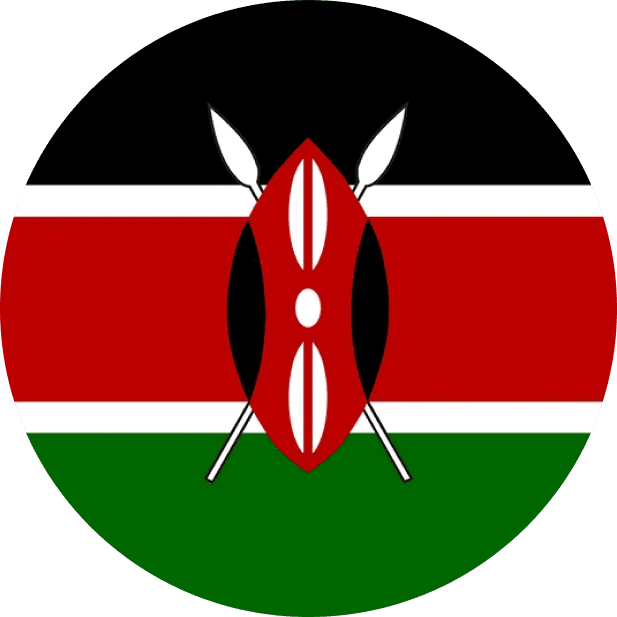What is a Competency?
The term "competence" came into vogue following R.W. White’s 1959 Psychological Review article, “Motivation Reconsidered: The Concept of Competence.” White explains that because people are intrinsically motivated to achieve competence, having competency models enables organizations to tap into our own desire to achieve proficiency.
In order to demonstrate competence, workers must be able to perform certain tasks or skills with a required level of proficiency. A competency is broken down into specific skills or tasks. Next, each skill or task can be described in terms of what it looks like—specific behaviours at different levels of proficiency. To achieve competence in a particular job, a person should be able to perform various tasks or skills at a target proficiency level.
What Are Core Competencies?
In the article, C.K. Prahalad, and Gary Hamel review three conditions a business activity must meet in order to be a core competency:
The activity must provide superior value or benefits to the consumer.
It should be difficult for a competitor to replicate or imitate it.
It should be rare.
A variety of resources, such as its talent pool, physical assets, patents, and brand equity, make a contribution to a company's core competencies. Once it understands those competencies, the company can properly focus all of those resources. It may even outsource activities that are outside their core competencies in order to devote its resources to what it does best.
Core Competencies
A business is not limited to just one core competency, and competencies vary based on the industry in which the institution operates.
Some of the core competencies of established and successful brands tend to be there for all to see:
1. McDonald's has standardization. It serves nine million pounds of French fries every day, and every one of them has precisely the same taste and texture.
2. Apple has style. The beauty of its devices and their interfaces gives them an edge over its many competitors.
3. Walmart has buying power. The sheer size of its buying operation gives it the ability to buy cheap and undersell retail competitors.
Core Competencies by Industry
The core competencies that distinguish a business vary by industry. A hospital or clinic may focus on excellence in particular specializations. A manufacturer may identify superior quality control.
What is the meaning of competency mapping?
Employee Competency Mapping is a process of identifying key competencies for an organization and/or a job and incorporating those competencies throughout the various processes (i.e. job evaluation, training, recruitment) of the organization. A competency is defined as a behaviour (i.e. communication, leadership) rather than a skill or ability.
The steps involved in competency mapping with an end result of job evaluation include the following:
Conduct a job analysis by asking incumbents to complete a position information questionnaire (PIQ). The PIQ can be provided for incumbents to complete, or you can conduct one-on-one interviews using the PIQ as a guide. The primary goal is to gather from incumbents what they feel are the key behaviours necessary to perform their respective jobs.
Using the results of the job analysis, you are ready to develop a competency-based job description. This is developed by carefully analyzing the input from the represented group of incumbents and converting it to standard competencies.
With a competency-based job description, you are on your way to begin mapping the competencies throughout your HR processes. The competencies of the respective job description become your factors for assessment on the performance evaluation. Using competencies will help guide you to perform more objective evaluations based on displayed or not displayed behaviours.
Taking the employee competency mapping one step further, you can use the results of your evaluation to identify in what competencies individuals need additional development or training. This will help you focus your training needs on the goals of the position and company and help your employees develop toward the ultimate success of the organization.
What are the list of Core Competencies?
1. Accountability
Accepts responsibility for own actions and decisions and demonstrates a commitment to accomplishing work in an ethical, efficient and cost-effective manner.
2. Adaptability
Adjusts planned work by gathering relevant information and applying critical thinking to address multiple demands and competing priorities in a changing environment.
3. Communication
Effectively conveys information and expresses thoughts and facts. Demonstrates effective use of listening skills and displays openness to other people's ideas and thoughts.
4. Customer/Quality Focus
Anticipates monitors and meets the needs of customers and responds to them in an appropriate manner. Demonstrates a personal commitment to identify customers' apparent and underlying needs and continually seeks to provide the highest quality service and product to all customers.
5. Inclusiveness
Fosters respect for all individuals and points of view. Interacts appropriately with all members of the campus community, campus visitors and business and community partners without regard to individual characteristics. Demonstrates a personal commitment to creating a hospitable and welcoming environment.
6. Leadership
Communicates the University's vision in ways that gain the support of others. Mentors motivate and guide others toward goals.
7. Occupational Knowledge/Technology Orientation
Demonstrates the appropriate level of proficiency in the principles and practices of one's field or profession. Demonstrates a commitment to continuous improvement, to include understanding and application of technology (hardware, software, equipment and processes).
8. Team Focus
Works cooperatively and effectively with others to achieve common goals. Participates in building a group identity characterized by pride, trust and commitment.
Why do we need competency mapping?
Why do we need to map competencies? Imagine selecting an employee who is not competent for the job but is still hired. A sales manager who is unable to communicate effectively or a team leader who is not a team player. What do you think the consequences would be? Poor performance and high turnover are the most likely consequences of an unmatched recruitment and selection process. And if training is provided to these individuals without further analyzing their training needs, then increased cost adds on to the list of consequences.
To make these consequences more positive in nature, competency mapping is needed. It gives an insight into whether the potential candidate will be able to successfully perform on the job or some other job role would suit better. Or, whether training is at all needed. If yes, then what exactly should the person be trained in so that the expenditures are not perceived as waste. If nothing at all, competency mapping is needed to increase self-awareness for better career management.
What are the components of Competency mapping?
1. Interview
Competency-based interviews may be structured, semi-structured or unstructured depending on the person conducting the competency mapping. The interview should be carefully designed so as to provide information about both the easily observed information and the general disposition and motivation of the employee. Questions prepared should target each competency and give an overview of the tangible skills and knowledge possessed by the employee, how he or she acts under certain conditions, and how they behave with other people. If handled effectively, interviews can prove to be a powerful technique for getting accurate details and obtaining information which may otherwise be unavailable.
2. Questionnaires
Competency mapping questionnaires consist of a list of questions either standardized or prepared solely for the purpose of competency mapping which the employees are expected to fill. There may be a competency mapping questionnaire for employees or for managers depending on the level at which the mapping is being conducted. One form of a questionnaire is the Common Metric Questionnaire (CMQ) that makes use of five domains to examine competencies to improve work performance. These five domains are as follows: background, contact with people, decision making, physical and mechanical activity and work setting. Another form is Functional Job Analysis (FJA) which is a qualitative analysis and breaks the job down to seven parts: things, data, worker instructions, reasoning, people, mathematics and language. The behaviour and actions of the employees in the seven areas is a part of FJA.a
3. Assessment Centres
Assessment centres is a process (and not a location) that helps to determine the suitability of employees to a specific type of employment or job role. Using validated tests, different elements of the job are simulated. The candidates or employees are expected to complete a number of employee assessments specifically designed to assess the key competencies required for the job role they are applying. These tests focus on assessing the individual based on their knowledge, skills, attitudes and other behaviours. An essential feature of this process is using a situational test to observe job-specific behaviour.
4. Critical Incidents Technique
This technique was developed by Flanagan (1954) and involves direct observation of the employee in specific situations. The observations should be recorded as accurately as possible since it would be used to identify behaviours that contribute to the success or failure of an individual or organization in a specific situation. The first step is to make a list of good and bad on the job behaviour. After this, the supervisors should be trained to note down incidents when the employee was successful or not successful in meeting the job requirements. At the end of the year, a balance sheet for each employee is created to find how well the employee has performed (Balaji, 2011).
5. Psychometric Assessment
These are standardized and scientific tools used to assess the mental capacities and behavioural styles of employees in an organization. The most commonly used psychometric assessment is aptitude, achievement and personality testing. Aptitude tests help to determine the capacity of the individual to acquire with training a particular type of skill or knowledge. Achievement tests help to determine the level of proficiency an individual has achieved in a given area. Personality testing gives a description of the unique traits and characteristics that drive the employee’s behaviour. Apart from these, competency mapping rating scale may also be used as a part of the assessment.














































